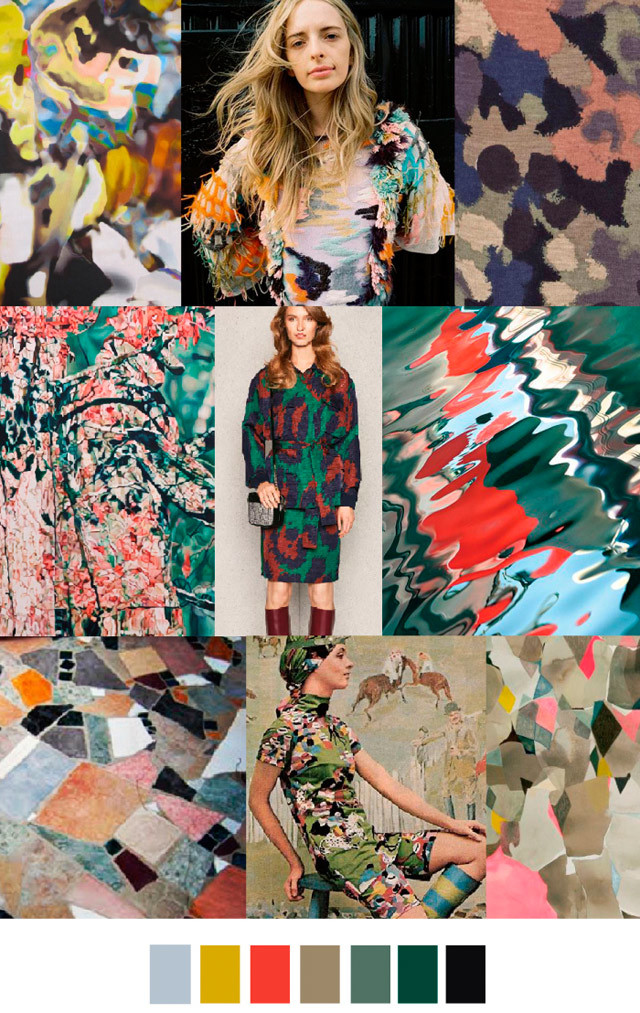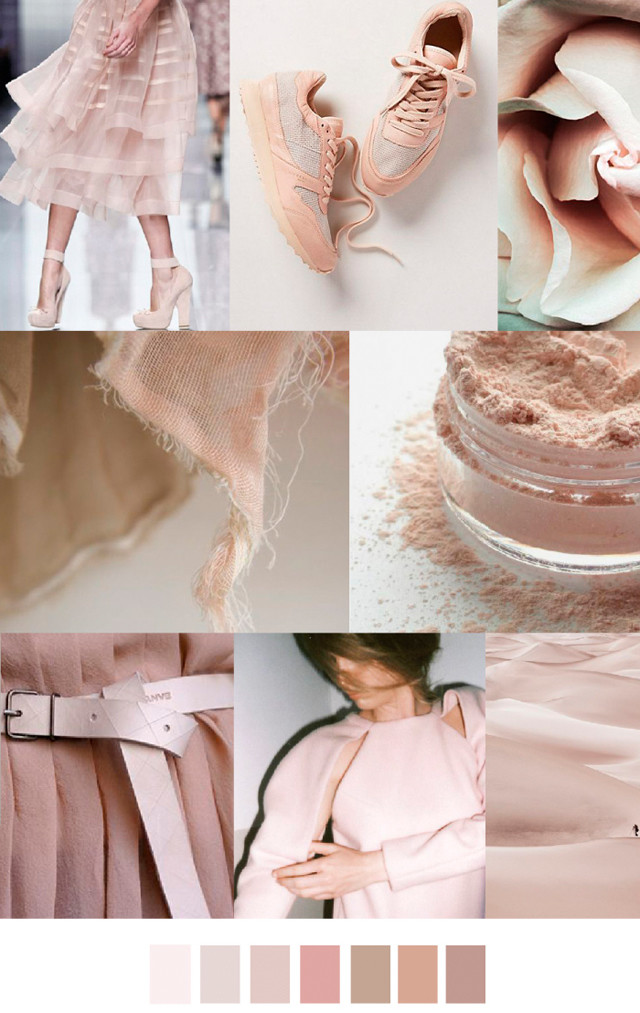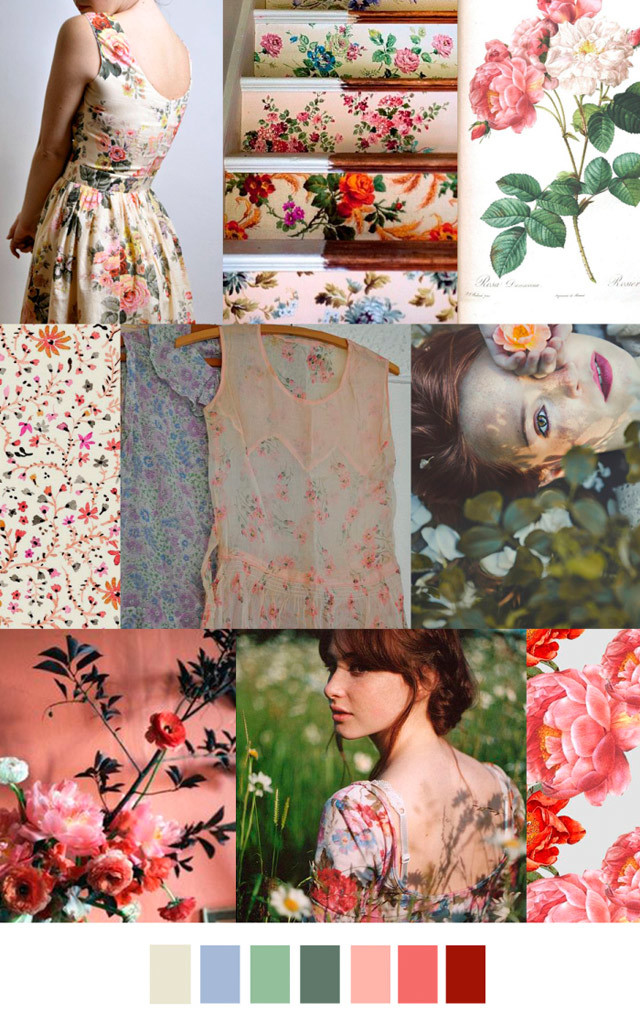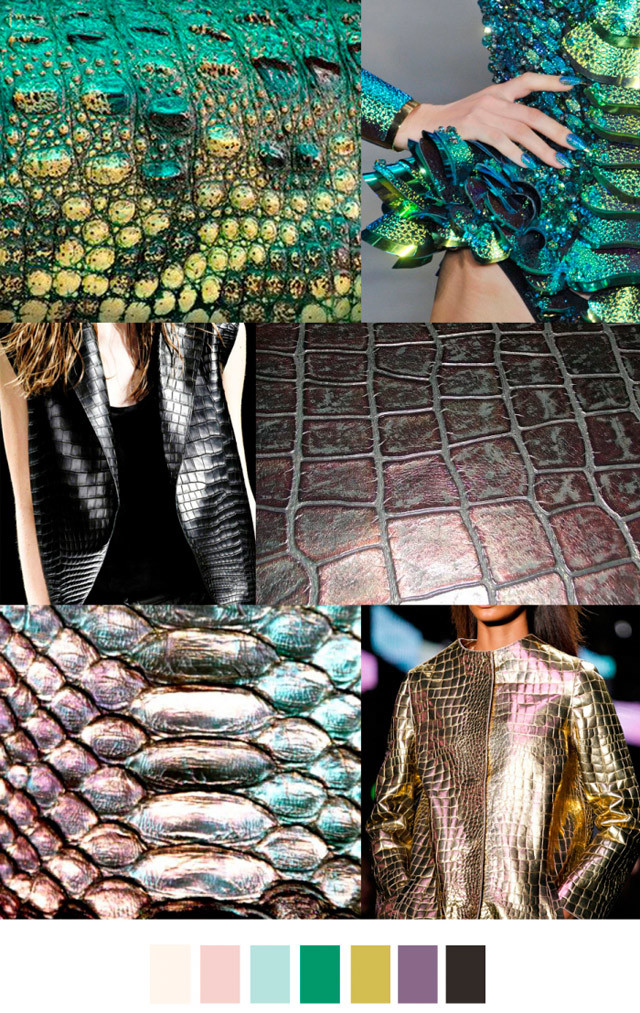Fashion Marketing
Monday, 30 May 2016
Tuesday, 10 May 2016
Swing Tickets
Swing tickets communicate the brand imagery and point of sale information.







These are good examples of swing tickets because i think that they are simple yet effective. They aren't too colouful or busy which makes the brand look classy and expensive. They have the right enough of information so that the customer easily has the they need.
Swing tags are manufactured from a range of materials, including paper-board, fabric, plastics, metal and even wood They are often accessorised with eye-letting, stringing and folding.
Swing Ticket for my brand:
For my swing ticket I wanted it to be detailed and to reflect my brand and theme. My initial idea for the swing ticket was to have it as 3 separate pieces of paper layered on top of each other. The first piece will have the name of my brand. 'Shards' then second piece will be an image of a window and the third piece will have the safety features, bar-code, price, size etc.
Brand Identity-Trend Board
Trend Board Evaluation:
My trend board is bright and colourful and reflects the theme for my final major project. The colour palette consists of pink, orange, purple, plum and black. My theme focuses on the shape and silhouettes of windows with the patterns and colour of stained glass windows. My designs have intricate detailing and patterns but aren't too busy.
Windows Trend board Inspiration:

Brand Identity.
Previously in this blog I researched about the brand 'Heinz.' Through my research I discovered that they have a huge brand identity through their logo. Mostly everyone recognises the Heinz logo as it is so well known and a popular brand nowadays. When advertising, Heinz don't need a really informative poster or advert, as long as they have their famous brand logo, then they know people will understand that it's their advert. Having a brand identity is key for big businesses. It means that they can have minimal advertising as long as they have a known logo, slogan or image that is used for their business a lot.
High end designer shops like Chanel and Louboutin all have brand identities that are very different but work in the same way. Chanel have their famous linking 'CC' logo which is added to every bag so that clients know they are getting a legitimate bag from their brand. Having a logo or brand identity on garments or accessories is an easy way to promote a brand too. If a women walks around London all day with a Chanel bag it will draw a lot of attention and the logo on the bag will let everyone know that it is Chanel. Meaning that Chanel are getting the brand seen, without intending to do it. Word of mouth advertising is the biggest success as people always look to their friends and family for advise as they know that it is true and realistic. Louboutin also have a similar idea with their brand identity. The famous red sole on all Louboutin shoes is probably the most famous shoe identity. As Louboutins are very expensive shoes, when a person buys them they want people to know that they are that brand. Like Chanel, Louboutin shoes advertise every time someone wears them as they are so known for the red sole, that everyone who sees them knows straight away the.
Tuesday, 19 April 2016
What is a Trend Journal?
What is a trend journal?
Trend Predictions for SS/17-18




What information is in a trend journal?
A trend journal includes:
* Colour palette
*Fabric Swatches
*Inspiration images
*Title
*Written information
*Designer information
*Theme images
*Prints and patterns
*Textures
Trend Companies?
WGSN
Trendstop.com
Pinterest
Pattern to plan
Promostyl.com
Fashion Trendsetter
Lookbook.nu
Edelkort.com
Fashionising.com
Fashion capital
A day in the life of a trend predictor.
Typical Duties:
Use of subscription based services to help predict trends
Research cultural, economic, world trade and celebrity style trends
Use creativity to come up with new ideas
Maintain and expand relationships with contacts in the industry
Keep track of competition if working in a fashion house
Present research to the designer
Provide operational and creative support to designers
A trend journal is a source of information about the most important and new trends that will be shaping the future.
Trend Predictions for SS/17-18




What information is in a trend journal?
A trend journal includes:
* Colour palette
*Fabric Swatches
*Inspiration images
*Title
*Written information
*Designer information
*Theme images
*Prints and patterns
*Textures
Trend Companies?
WGSN
Trendstop.com
Pattern to plan
Promostyl.com
Fashion Trendsetter
Lookbook.nu
Edelkort.com
Fashionising.com
Fashion capital
A day in the life of a trend predictor.
Typical Duties:
Use of subscription based services to help predict trends
Research cultural, economic, world trade and celebrity style trends
Use creativity to come up with new ideas
Maintain and expand relationships with contacts in the industry
Keep track of competition if working in a fashion house
Present research to the designer
Provide operational and creative support to designers
Skills and Interests:
- Show a keen interest in past and current fashion trends
- Have a thorough knowledge of the fashion industry
- Have good networking and communicational skills
- Be imaginative and creative
- Have the right I.T skills
- Be willing to do extensive research
Salary:
Trend forecasters are paid by companies, clients, designers. Anyone who they work for will pay them for doing the vital part of researching for a trend.
Trend forecasters are paid by companies, clients, designers. Anyone who they work for will pay them for doing the vital part of researching for a trend.
Tuesday, 12 April 2016
Fashion & Trend Forecasting
Fashion Forecasting.




What is a Trend Prediction?
Trend prediction is a career that focuses on the upcoming
fashion trends and styles. They help to choose the final
colours, fabrics, textures, materials and prints. These will be
finalised by designers and presented on a catwalk show for
upcoming seasons.
Difference between Fashion Forecasting and Trend Forecasting?
A fashion forecaster looks into predicting the colours, fabrics, textures, materials, prints and trims that will be popular for the upcoming seasons. This is vital information as it is needed to create the final looks and style for a catwalk show.
A trend forecaster looks into predicting the shapes, cuts, styles and silhouettes of clothing. This is needed to create the overall look of the garments worn on the catwalk.
What is long-term and short-term forecasting?
The process of long-term forecasting is analyzing and evaluating style. The trends can be identified by scanning a range of sources for the information that is needed.
Short-term forecasting is about events that are happening now, in present time. It focuses on identifying what's going on in the world and then communicates this through seasonal colour palettes, fabrics and silhouettes to a client or customer.
Collaborative Trend Forecast Mood Boards, Women's Spring 2017 Preview
https://www.weconnectfashion.com/articles/collaborative-trend-forecast-mood-boards-women-s-spring-2017-preview




What is a Trend Prediction?
Trend prediction is a career that focuses on the upcoming
fashion trends and styles. They help to choose the final
colours, fabrics, textures, materials and prints. These will be
finalised by designers and presented on a catwalk show for
upcoming seasons.
Difference between Fashion Forecasting and Trend Forecasting?
A fashion forecaster looks into predicting the colours, fabrics, textures, materials, prints and trims that will be popular for the upcoming seasons. This is vital information as it is needed to create the final looks and style for a catwalk show.
A trend forecaster looks into predicting the shapes, cuts, styles and silhouettes of clothing. This is needed to create the overall look of the garments worn on the catwalk.
What is long-term and short-term forecasting?
The process of long-term forecasting is analyzing and evaluating style. The trends can be identified by scanning a range of sources for the information that is needed.
Short-term forecasting is about events that are happening now, in present time. It focuses on identifying what's going on in the world and then communicates this through seasonal colour palettes, fabrics and silhouettes to a client or customer.
Politics, Social, Ecological, Legal, Technological.
Global Warming and Climate Change
Making Climate Change Fashionable
In Paris, climate change was the talk of the city. Lots of industry's, other than energy production, are important sources of greenhouse gas emissions – agriculture, iron and metal smelting, cement production, waste treatment and…the fashion industry.
Fashion has been blamed for releasing carbon emissions and creating a bad climate in the atmosphere.
Fashion has been blamed for releasing carbon emissions and creating a bad climate in the atmosphere.
The fashion industry accounts for 10% of global carbon emissions and remains the second largest industrial polluter, second only to oil.
This isn't that surprising since it’s a £4 trillion global industry. The apparel market in the United States tops the world, contributing close to a third of the global total.
Some well known fashionistas are looking seriously at the industry’s role in environmental pollution and climate change. Zady is one of these new sustainable fashion brands and is a leading voice of the slow fashion movement that has created online resources for consumers to learn how their clothing decisions can have a large impact on the environment.
And they present some amazing facts:
- Nearly 70 million barrels of oil are used each year to make the world’s polyester fiber, which is now the most commonly used fiber in our clothing. But it takes more than 200 years to decompose.
- More than 150 billion garments are produced annually, enough to provide 20 new garments to every person on the planet, every year.
- Americans throw away about 70 lbs of clothing per person every year.
My Views:
As a fashion student I am very interested in the fashion industry and how clothes are produced, promoted, and sold to customers and clients. I am also very into the environment and keeping things green and a healthier world to live in. I personally understand that because the fashion industry is so popular and is a necessity for day-to-day life that it is inevitable that it will create pollution and unhealthy emissions. Saying this i believe that there are ways in which the industry can cut down on the amounts of carbon emissions and pollution being emitted into the air.
To do this I think we need to make more people aware of the problem. When we think of pollution, we envision coal power-plants, raw sewage piped into out waterways and strip-mined mountaintops. Most people don't understand or have the knowledge that in fact, the clothes we wear everyday impact the climate and environment more and more everyday. I personally believe that if people were more aware of how garments are made and produce emissions that are ruining the world, they would be more interested in learning about what clothes produce less harm to the environment. This way the companies that manufacture clothes that produce a lot of harm would go down in business as more people would be opting for the healthier production of clothes to the environment meaning that in the long run, wither the companies would opt for a lower emission production service or would ultimately end up closing down.
Subscribe to:
Posts (Atom)







